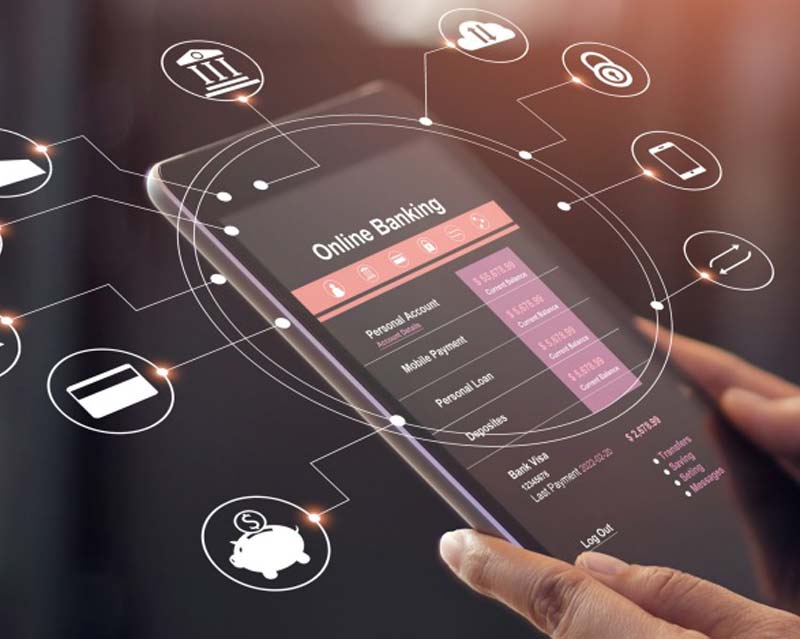- India
- Oct 17
Explainer / What are Digital Banking Units?
Prime Minister Narendra Modi dedicated 75 Digital Banking Units to the nation.
Significance of digital banking
• Digital banking has emerged as a preferred channel for delivering banking services in the country. The Reserve Bank has been taking progressive measures to improve availability of digital infrastructure for banking services. As a part of efforts to accelerate and widen the reach of digital banking services, the concept of Digital Banking Units (DBUs) was introduced.
• As part of the Union Budget 2022-23, Finance Minister Nirmala Sitharaman had announced the setting up of the 75 DBUs in as many districts of the country to commemorate 75 years of India’s Independence.
• Following the announcement made in the Union Budget, the RBI issued the required guidelines after consulting the Indian Banks Association and other experts in the field.
• Digital banking refers to present and future electronic banking services provided by a licensed bank for the execution of financial, banking and other transactions and/or orders/instruments through electronic devices / equipment over web sites (online banking), mobile phones (mobile banking) or other digital channels as determined by the bank, which involve significant level of process automation and cross-institutional service capabilities running under enhanced technical architecture and differentiated business model/strategy.
What is Digital Banking Unit (DBU)?
• It is a specialised fixed point business unit / hub housing certain minimum digital infrastructure for delivering digital banking products & services as well as servicing existing financial products and services digitally.
• DBUs will enable customers to have cost-effective, convenient access and enhanced digital experience of banking products and services all round the year.
• The DBUs are being set up to ensure that the benefits of digital banking reach every nook and corner of the country.
• DBUs are brick-and-mortar outlets which will provide a variety of digital banking facilities to people such as opening a savings account, account balance check, printing passbook, funds transfer, fixed deposit investments, loan applications, application for credit or debit cards, and bill and tax payments among others.
• People not having connectivity or computing devices can do banking transactions from DBU in a paperless mode.
• It will spread Digital Financial Literacy and special emphasis will be given to customer education on cyber security awareness and safeguards.
• In addition to onboarding of customers in a fully digital environment, various tools and methods shall be used by DBUs to offer hands-on customer education on safe digital banking products and practices for inducting customers to self-service digital banking services.
• On the credit delivery front, to start with, the DBUs will provide end-to-end digital processing of small ticket retail and MSME loans, starting from online applications to disbursals. The DBUs will also provide services related to certain identified government sponsored schemes.
• The products and services in these Units will be provided in two modes, namely, self-service and assisted modes, with self-service mode being available on 24x7 basis.
Setting up of DBUs
• Eleven banks in the public sector, 12 in the private sector and one Small Finance Bank are participating in the endeavour.
• Out of 12 public sector lenders, 11 opened nearly two-thirds of the total 75 DBUs, while 12 private sector lenders and one small finance bank together opened only one-third.
• While public sector lenders opened 48 DBUs, the private sector managed to open 27 across various states, as per the data provided by the Reserve Bank of India (RBI).
• The country’s biggest lender State Bank of India opened a maximum of 12 DBUs followed by Bank of Baroda with eight.
• In the private sector space, leading lenders HDFC Bank and ICICI Bank opened four each, followed by Axis Bank with 3 and Kotak Mahindra Bank 2 in two districts. Jana Small Finance Bank opened two DBUs — one each in Bihar and Jharkhand.
Additional read:
The scope of digital banks in India
Despite the rapid strides India has taken to further its financial inclusion agenda, the lack of financial deepening remains a challenge, especially on the small business financing agenda. Traditional brick and mortar banks, even with the most optimum priority sector guidelines, face business constraints in evaluating credit risks of small ticket sizes that the micro and small sector enterprises may require. A principal inhibiting factor is lack of ability to under-write the credit risk.
Manorama Yearbook app is now available on Google Play Store and iOS App Store


